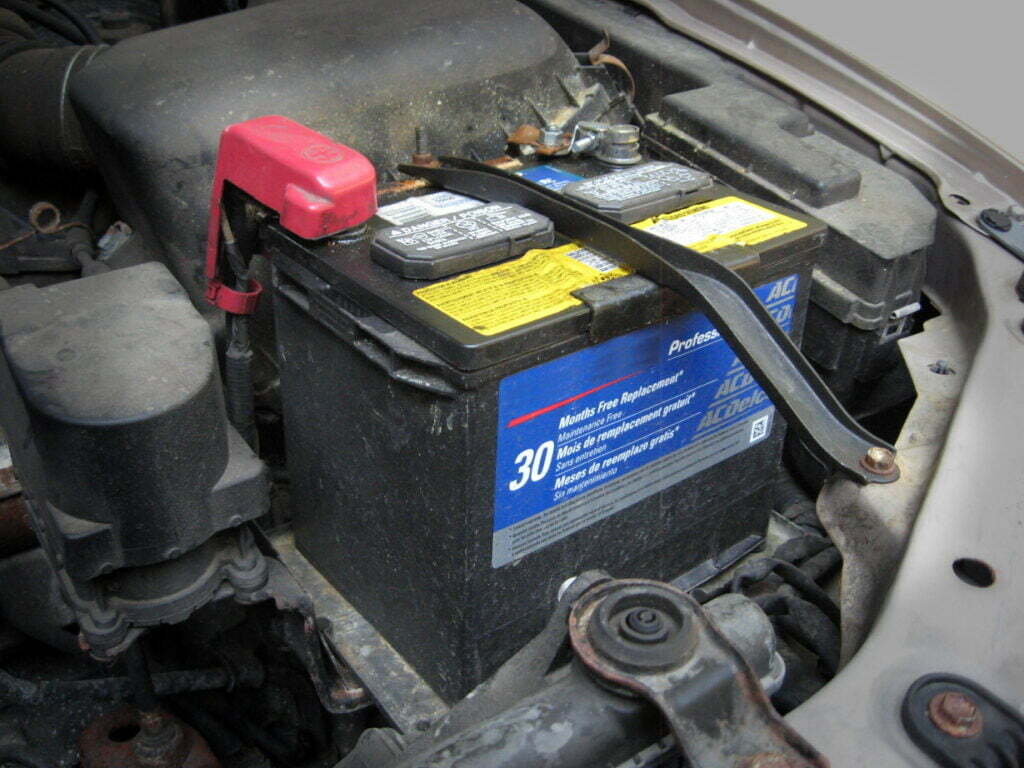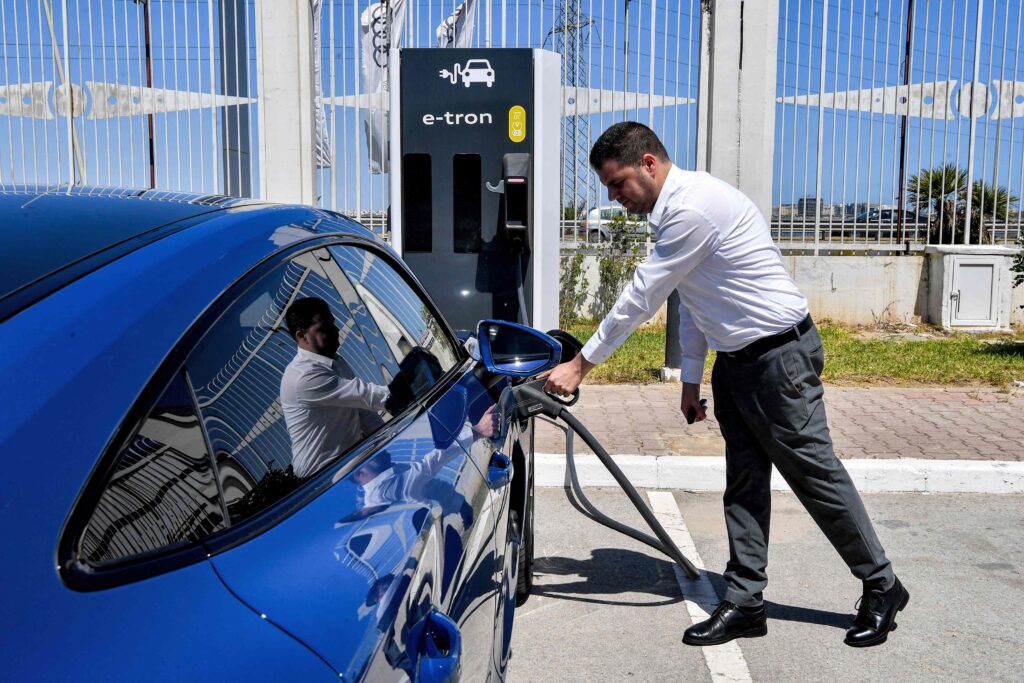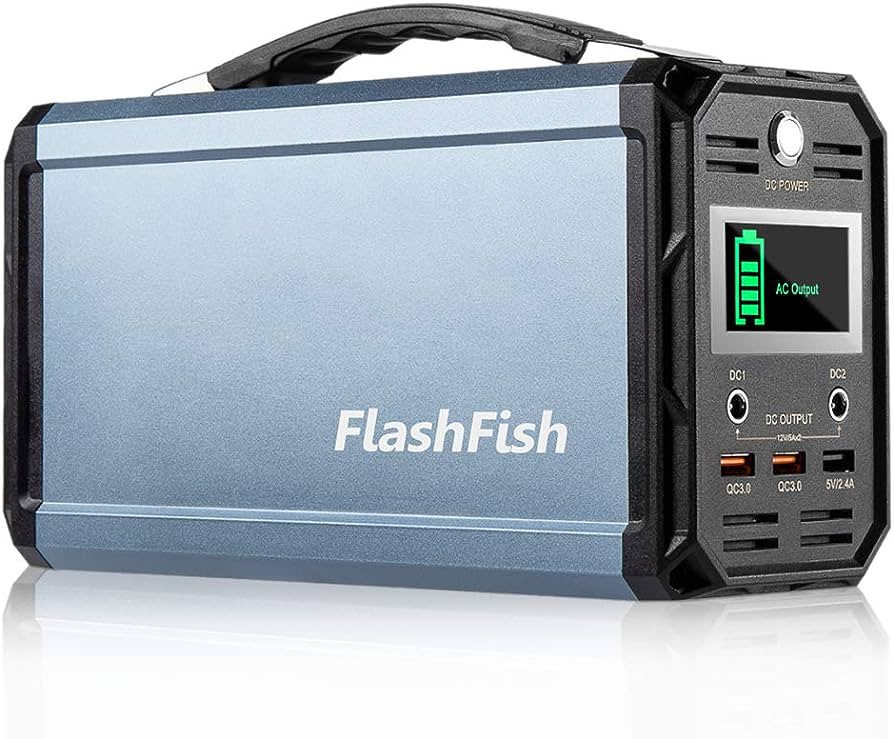How to Start a Car With a Weak Battery: Expert Tips
To start a car with a weak battery, you can either jump-start it with another car or use a jump-start box. Understanding The Effects Of A Weak Battery On Your Car Starting your car with a weak battery can be challenging, but there are alternatives to jumping it with cables. You can try push-starting or utilizing a jump-start box. Alternatively, you can call for roadside assistance for help. The Impact Of A Weak Battery On Your Car’s Performance A weak battery can have significant effects on your car’s performance. When your battery is weak, it struggles to provide the necessary power to start the engine. This results in a slower cranking speed, which means it takes longer for your car to start. You may notice that the engine sounds sluggish or hesitant when starting up. Additionally, a weak battery can cause issues with your car’s electrical system. Your lights may appear dimmer, your radio may not work properly, and other electronic components may experience glitches. It’s important to address a weak battery as soon as possible to avoid further damage to your car. Potential Damages A Weak Battery Can Cause A weak battery can potentially cause various damages to your car. One of the main concerns is the strain it puts on the starter motor. When the battery is weak, the starter motor has to work harder to crank the engine, which can lead to premature wear and tear. In some cases, a weak battery can also cause damage to the alternator. The alternator works to recharge the battery while the engine is running, but if the battery is weak, the alternator is forced to work harder to compensate, putting it under unnecessary stress. Over time, this can result in the failure of the alternator. It’s crucial to address a weak battery promptly to prevent these potential damages. Can A Weak Battery Cause A Car To Stall While Driving? No, a weak battery typically does not cause a car to stall while driving. Once the engine is running, it relies on the alternator to provide the necessary electrical power. As long as the alternator is functioning correctly, the battery’s weakness should not impact the car’s ability to keep running. However, it’s important to note that a weak battery can still cause issues with the electrical components in your car. If the battery is not properly recharged by the alternator, your lights may flicker, your radio may turn off intermittently, and other electrical systems may malfunction. Therefore, it’s crucial to address a weak battery to maintain the overall performance of your vehicle. Using Alternative Methods To Start A Car With A Weak Battery When you find yourself with a weak battery and your car refusing to start, it’s easy to feel stuck and frustrated. Fortunately, there are alternative methods you can use to get your car running again without the need for jumper cables or waiting for roadside assistance. In this article, we’ll explore two practical options: push-starting or bump-starting your car, and utilizing a jump-start box. Push-starting Or Bump-starting Your Car If you have a manual transmission car, push-starting or bump-starting can be an effective way to get your vehicle running when the battery is too weak to start the engine. Here’s how you can do it: Find a flat, clear space where you can safely maneuver and gain some momentum. Make sure the ignition is in the “on” position and the car is in gear. With the help of a friend or a group of people, push the car until it reaches a decent speed (around 5-10 mph). Once the car gains momentum, release the clutch quickly while simultaneously giving it a little gas. If done correctly, the engine should start, and you can continue driving as normal. Remember, push-starting your car should only be attempted in safe and open areas. Be cautious of other vehicles and ensure everyone involved in the process is aware and in a secure position. Utilizing A Jump-start Box A jump-start box, also known as a portable battery booster, can be a convenient solution for starting a car with a weak battery. These devices come equipped with their own power source and can provide the necessary power to jump-start your vehicle. Here’s how you can use a jump-start box: Ensure the jump-start box is fully charged before attempting to use it. Locate the battery terminals in your car. They are usually red (positive) and black (negative). Attach the positive (red) clamp from the jump-start box to the positive terminal of your car’s battery. Connect the negative (black) clamp from the jump-start box to a metal part of your car’s engine block, away from the battery. Once the connections are secure, turn on the jump-start box and attempt to start your car. If the car starts, keep the jump-start box connected for a few minutes to allow the weak battery to recharge. Disconnect the jump-start box and enjoy your fully-powered car. Jump-start boxes are a convenient tool to have in your car emergency kit as they can be used anytime, without relying on another vehicle. Just make sure to recharge the jump-start box after using it to ensure it’s ready for the next time you need it. By employing these alternative methods, you can be prepared for unexpected battery issues and get your car started with minimal hassle. Whether push-starting or utilizing a jump-start box, these options can provide a quick and efficient solution to keep you on the road. Tricks To Start A Car With A Dead Battery And No Jumping Equipment If you find yourself with a weak car battery and no jumping equipment, don’t worry. There are tricks you can try to start your car. From push-starting to utilizing a jump-start box, there are options to get your car up and running without needing another vehicle. Tricks to Start a Car with a Dead Battery and No Jumping Equipment Contacting A Professional Service For Assistance When your car battery dies and
How to Start a Car With a Weak Battery: Expert Tips Read More »




